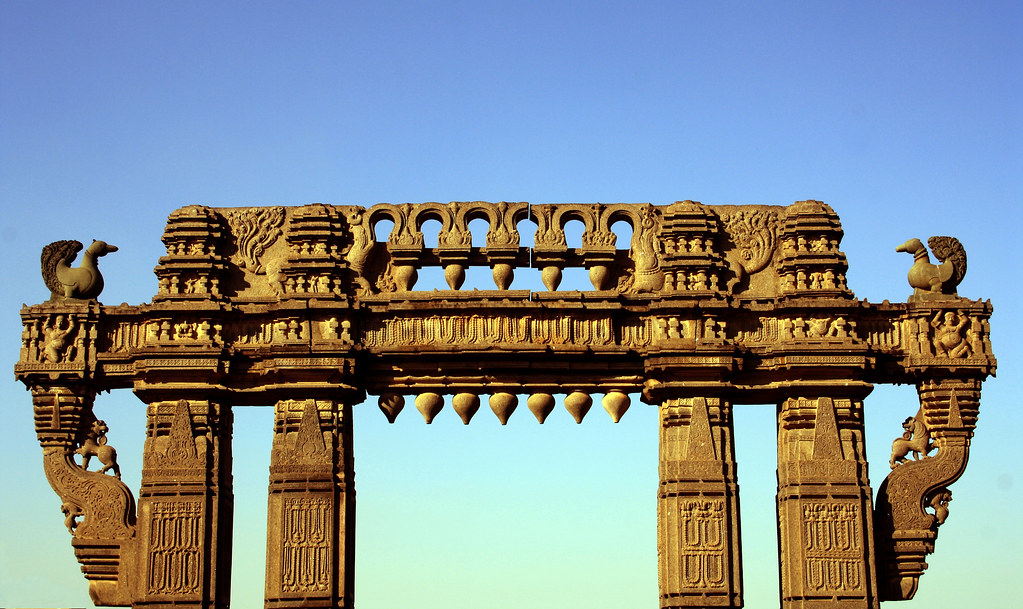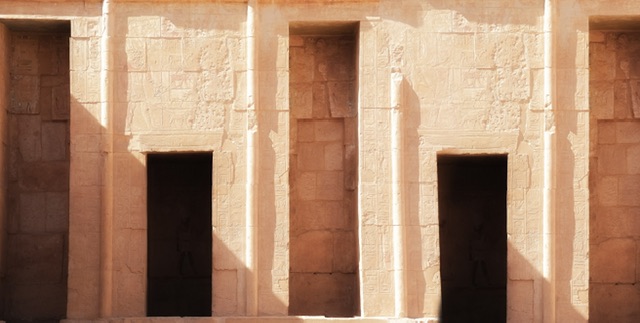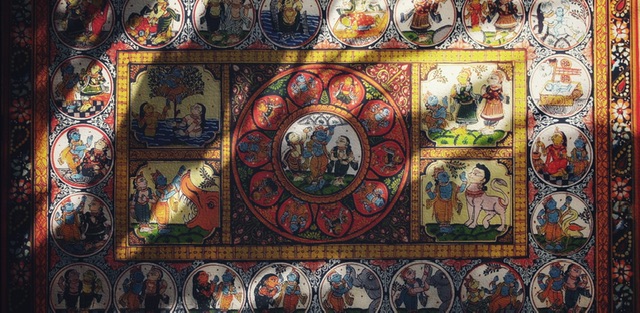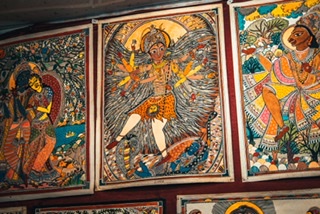Forts are an integral part of the Indian History. Among these, the Warangal Fort, in the Warangal district of Telangana, is a one of its kind. This fort appears to have existed since the 12th century, perhaps built by the ruler of Kakatiya dynasty, Ganapatideva. He was succeeded by his daughter Rudrama Devi who ruled until 1262.
Even though the origins of Warangal Fort are shrouded in mystery, it continues to be a major tourist attraction owing to its extraordinary architecture. The major highlight of the fort is the four ornamental main gates, known as Kakatiya Kala Thoranam. The four gates were the entrance gates to the Shiv temple, which is in ruins now. In the middle of the fort, there is a temple dedicated to the mother land called as Swayambhudevi Alayam. It is said that this temple was built by Qutub Shahi Kings. Another temple of prominence here is the Temple of Shambhulingeshwara. Located in front of the open-air museum, this temple is dedicated to Lord Shiv.
Fort or a Temple?
Usually, when we hear or talk about a fort, we know it as a strong historic building with strong tall protective walls around it to prevent entry of enemies and attackers. But the famous Warangal fort is not your traditional fort. It is one of the strangest ancient sites with thousands of stones and rocks, in different geometrical shapes, spread across the area. The stone work is extraordinary with countless examples of beautiful sculptures, designs and art.
A fort, as we understand, does not need so many artistic and beautiful carvings. This was definitely not built as a fort. . There are piles of rocks scattered around and we find idols of various gods in these piles. Why are these priceless statues left in the dirt? Historians agree that this site is not a fort. And they have no idea what the actual purpose of this place was.
Alauddin Khilji who invaded this place, took many rectangular stone blocks from here and built a structure called Kush Mahal, which is just half a mile away.
Is it a temple then?
Researchers have argued that this site was built as a temple and was later ruined. But then traditional temples are built with the same type of rock and the structures in this fort consists are made of several different type of rocks — red stone, black basalt, granite and more.
The entrance four gates of the fort, confirms that this was not a temple. All traditional temples have an outer wall around them. But here there are no walls to the gates. Just four, unique 33 feet tall gates and beautifully carved designs and deities lying on the ground.
The beauty of the pieces stands out even among the ruins. Granite and black basalt are very hard rocks and to cut them advanced material is needed to cut them. Usually one sees that an ancient temple is built by local artisans and stone masons, who cut locally available stone blocks and carved statues within the temple premises. But Warangal Fort is something extraordinary, it seems that the material for pillars, statues, and even blocks for walls was sourced from different locations and perhaps the structures made were sent out to different locations—a mass manufacturing site!
Download the Dhyan Foundation – Sanatan Kriya App for Android here and for iOS here





